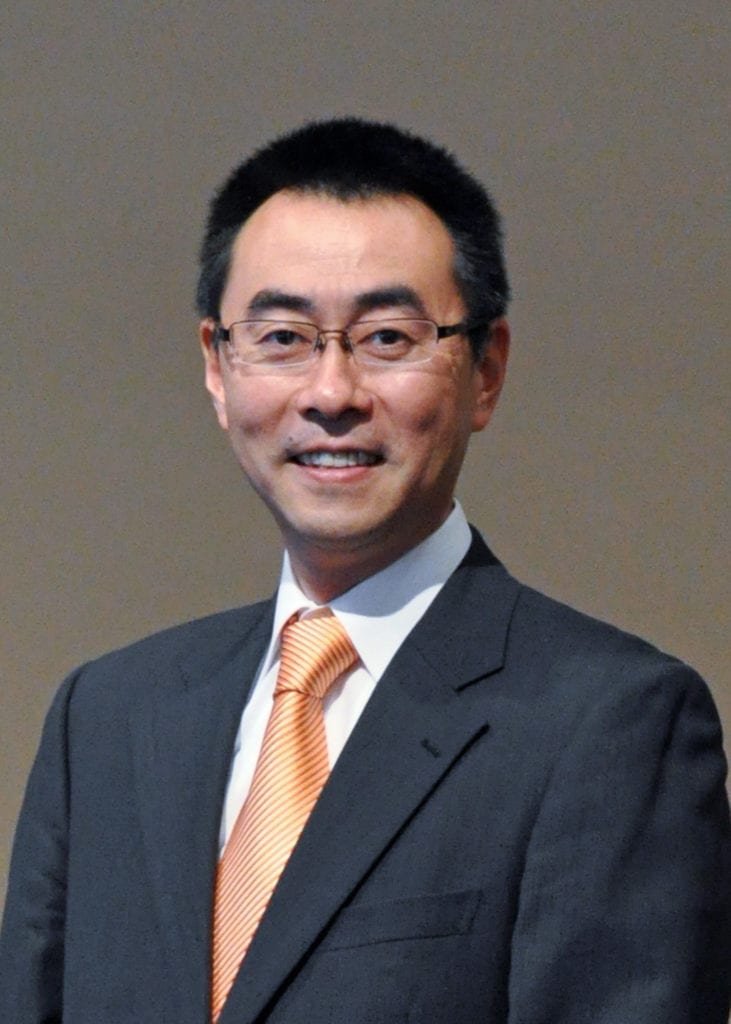For more than a decade runway incursions and excursions have been a major priority for the aviation industry. Whilst high profile incidents such as Flight 759 KSFO Taxiway incident and the Flight 8667 excursion at Manila have grabbed the headlines, perhaps more alarming is the frequency of these runway related incidents.
In October 2018, the European Aviation Safety Agency took the strongest regulatory effort to date to address the occurrence of runway excursions on commercial airliners by proposing new legislation that would require runway overrun awareness and alerting systems on Part 25 airplanes.
One year later, as the agency continues to consider such a mandate, we caught up with Yasuo Ishihara, an engineering fellow with Honeywell Aerospace, to discuss how the company’s SmartRunway and SmartLanding technology can address both runway excursions and incursions while improving the rate at which pilots comply with their airlines’ respective standard operating procedure (SOP).

Yasuo Ishihara, a Honeywell Aerospace engineering fellow and one of the inventors of the technology.
Ishihara, who is one of the inventors of the SmartRunway and SmartLanding technology at Honeywell, described how the technology was developed, how it works and why operators should consider equipping their aircraft with it.
A 16-year study during the same time period performed by Flight Safety Foundation (FSF) and cited by EASA determined that 83 percent of accidents during landing could have been avoided with a decision to go around, and in total, 54 percent of all accidents could potentially be prevented by going around.
In a two-part interview, Ishihara explained how Honeywell’s SmartRunway and SmartLanding system functions and can address these and other accident-prone issues associated with the approach and landing phase of flight, while also outlining a technology roadmap into the future for this safety-focused automation technology.

Avionics: Can you provide us with some background information about your role with Honeywell and what type of experience you have had being involved with development or advancement of SmartRunway/SmartLanding?
Ishihara: I’ve been with the company for 22 years, I joined the enhanced ground proximity warning system (EGPWS) group when I was hired and have been with this Research and Development group since then. At Honeywell, we are committed to making aviation safer for everyone – which is why safety has always been part of our DNA.
From the invention of the first ground proximity warning system to some of our latest connected safety solutions, we’re passionate about leveraging our expertise and technological leadership to reduce the risk of loss of life within aviation. Over the years our focus has shifted from reducing the risk of CFIT (Controlled Flight Into Terrain) to addressing runway incursions and excursions.
As one of the inventors of SmartRunway and SmartLanding; I’ve been involved in its development from prototyping, certification, deployment all the way up to now.
Avionics: How exactly does the SmartRunway and SmartLanding technology work?
Ishihara: SmartRunway and SmartLanding are essentially software upgrades to the Honeywell EGPWS. As long as the existing EGPWS on the aircraft has a GPS connection, which is the case for most airlines – then it’s simply a case of uploading a software update to enable SmartRunway and SmartLanding. The system uses data from the EGPWS to increase flight crew positional awareness during taxi, take-off and landing. As such it is vital that operators ensure that their EGPWS databases are regularly updated – something which the recent IATA and Honeywell jointly produced guidance on Performance assessment of pilot response to Enhanced Ground Proximity Warning System (EGPWS) highly recommended.
Avionics: Is SmartRunway and SmartLanding completely autonomous or does it require some type of pilot control or intervention to function?
Ishihara: SmartRunway and SmartLanding are completely autonomous providing enhanced positional and situational awareness without additional pilot workload. Pilots will already have entered the VREF data that SmartRunway and SmartLanding utilizes as part of their standard operating procedures.
I would also mention that these next generation solutions are customizable to best suit an airlines individual operating environments, including volume control and optional inhibit switches

Avionics: What is the biggest flight operational safety challenge that SmartRunway/SmartLanding is designed to address?
Ishihara: SmartRunway primarily focuses on runway incursions; it helps pilots become more aware of the position of the aircraft in relation to runways. This is particularly important in busy airports, or in poor weather.
SmartLanding promotes stabilized approaches in order to mitigate the risk of long or hard landings and ultimately runway excursions. SmartLanding constantly monitors aircraft data, including altitude, speed, vertical glide path positioning, crosschecking this data with the airline’s stabilized approach SOPs during the final approach. In essence, SmartLanding ensures the aircraft is positioned and configured to land and touch down in the defined runway touchdown zone.